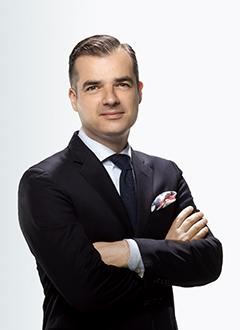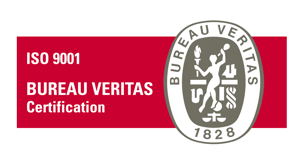Article

Design Directive Flashcard #1 : "Modernization and improvement of definitions and filing options - new modes of representation"
FLASHCARD #1
Modernization and improvement of definitions and filing options - new modes of representation
Texts :
☒ New Directive
☒ New Regulation
The adoption of a new Design Directive and the modification of the Design Regulation have led to a number of changes, notably in terms of vocabulary, the definition of certain key concepts and means of representation.
Terminology changes
Like trademarks, Community designs become European Union designs.
The Regulation also changes the designation of the Office: EUIPO replaces OHIM, and the Community Design Court becomes the EU Design Court.
Definitions evolve
To keep pace with technological developments, the Regulation and the Directive have enriched their definitions (changes/additions in bold):
|
Article 3 (Regulation): For the purposes of this Regulation, the following definitions apply: 1) “design” means the appearance of the whole or a part of a product resulting from the features, in particular, the lines, contours, colours, shape, texture, materials of the product itself and/or its decoration, including the movement, transition or any other sort of animation of those features; 2) “product” means any industrial or handicraft item other than computer programs, regardless of whether it is embodied in a physical object or materialises in a non‑physical form, including: a. packaging, sets of articles, spatial arrangement of items intended to form an interior or exterior environment, and parts intended to be assembled into a complex product; b. graphic works or symbols, logos, surface patterns, typographic typefaces, and graphical user interfaces; 3) “complex product” means a product that is composed of multiple components which can be replaced, permitting disassembly and reassembly of the product. |
Article 2 (Directive): For the purposes of this Directive, the following definitions apply: 1) ‘office’ means the central industrial property office of the Member State or the Benelux Office for Intellectual Property, entrusted with the registration of designs; 2) ‘register’ means the register of designs kept by an office; 3) ‘design’ means the appearance of the whole or a part of a product resulting from the features, in particular, the lines, contours, colours, shape, texture, materials of the product itself and/or its decoration, including the movement, transition or any other sort of animation of those features; 4) ‘product’ means any industrial or handicraft item other than computer programs, regardless of whether it is embodied in a physical object or materialises in a non‑physical form, including: a) packaging, sets of articles, spatial arrangement of items intended to form an interior or exterior environment, and parts intended to be assembled into a complex product; b) graphic works or symbols, logos, surface patterns, typographic typefaces, and graphical user interfaces; 5) ‘complex product’ means a product that is composed of multiple components which can be replaced permitting disassembly and reassembly of the product. |
Designs protect both physical and digital objects. Movements, transitions and animations now constitute protectable features and are specifically covered by the text. This addition will have an impact on the ways in which designs can be represented in the Register (see below).
The texts enshrine the principle that a product can be tangible or intangible, and extends the list of examples included in the definition of a product. Spatial arrangements (e.g. store interiors) are specifically listed alongside logos, surface patterns and graphical user interfaces. Computer programs are of course still excluded, but "works" join the list of protectable products, thus confirming the principle of cumulative protection with copyright.
Representation means adapt
Certain restrictions have been lifted, and new possibilities have been added to the means of representation, in line with the evolution of definitions taking account of technological developments.
The design may now be represented not only by still images, but also in dynamic or animated form, by any appropriate means, using generally available technologies. This includes “drawings, photographs, videos, or computer imaging/modelling” (Art. 26 of the Directive).
The new modes of representation will make it possible to include the animated features of a design, now referred to in Articles 3 §1 and 36 §5 of the Regulation.
Finally, Regulation (EC) No. 2245/2002 will be amended by the Commission, in particular to remove the constraint of 7 static views per design.

























